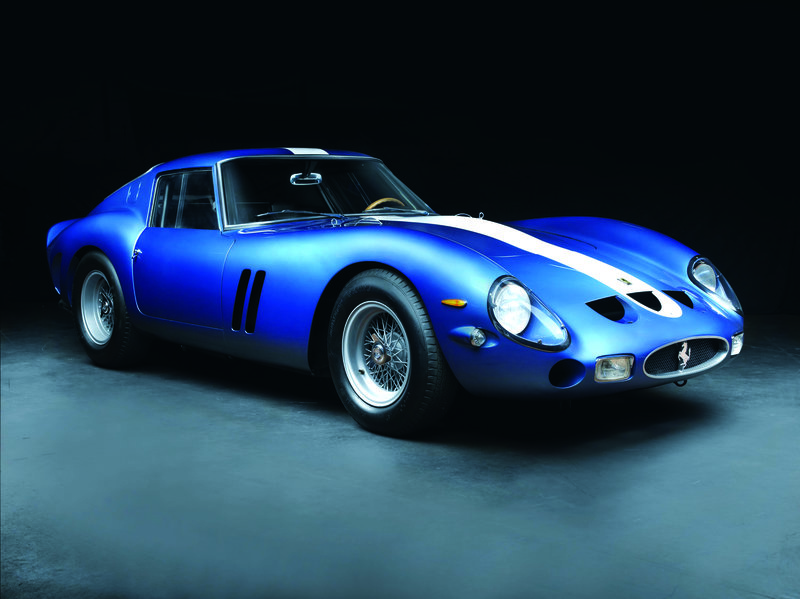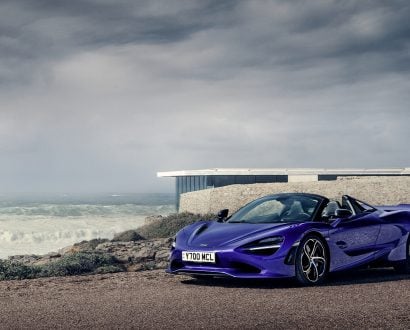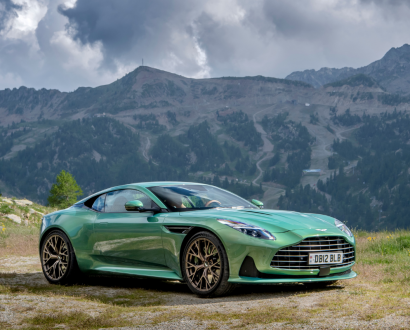After years of post-global financial crisis double-digit growth, including an incredible 45% in 2013, classic cars are an asset class in steady reverse; in the year leading up to June 2019, prices dropped some 5%, according to the Knight Frank Luxury Investment Index (KFLII) Classic Car Special Q2 2019. In comparison, rare whisky, the top performer, grew 23%.
If Dietrich Hatlapa is worried about the depreciating market, however, he’s hiding it well. “There are obviously some years when the market is stronger, and others when it is weaker,” reasons the Founder of the Historic Automobile Group International (HAGI), an independent investment and research advisory firm that provides the data referenced by Knight Frank. “At the moment, the market is going through what I would call a correction.”
There’s an easy explanation for why he doesn’t sound panicked. For those who collect cars, there’s something greater than financial return which drives them. “The dividends are the pleasures of ownership,” he says.
After all, once you open that single malt whisky or First Growth Bordeaux in your portfolio, you’ve wiped clean its value. Whereas, when it comes to vintage automobiles, a car eligible to compete in an event like the biennial Monaco Historic Grand Prix may, in fact, command a higher price. Collectable cars don’t just sit in a garage gathering dust. Unlike every other asset class tracked by the KFLII, cars can be used, enjoyed and even modified without voiding its collectable status.
“Of course, there will always be people who have a very large garage where they park their cars and never touch them,” he says. “But they are rare cases. Most collectors are enthusiasts who enjoy driving their cars and working on them.” Along with participation in social events such as Britain’s Goodwood Festival of Speed (also known as the ‘largest motoring garden party in the world’), this is where the return on investment lies. And, while last decade’s cash-rich speculative investors have moved on to other asset classes – likely triggering the current market depreciation as they departed – Hatlapa says it’s the true aficionados who are now keeping the market ticking.
People such as Fred Simeone, an 83-year old retired North American neurosurgeon who, in the second edition of its The Key yearbook, the Classic Car Trust (CCT) named the top collector in the world for 2019. One of only two ever made, his 1937 Alfa Romeo 8C 2900A Mille Miglia Spider is considered his greatest piece and, like the rest of his garage, is on display at his Simeone Foundation Automotive Museum in Philadelphia.
“Ferrari is a very high-profile marque because it has won so many races with so many race cars.” – Dietrich Hatlapa
In ranking the top 100 collectors around the world, the CCT, a Liechtenstein-based association, also calculated that combined, the value of their car collection is US$10 billion (A$14.9 billion). Real enthusiasts are still prepared to pay big bucks for the best cars: last year a 1994 McLaren F1 ‘LM Spec’ sold at Sotheby’s for US$19.8 million (A$29.5 million), the largest sale of the year according to the KFLII. While many sales are concluded via private treaty, what we are privy to places a 1962 Ferrari 250 GTO in pole position for the highest price achieved at auction: US$48.4 million (A$72 million) in 2018.
“Ferrari is a very high-profile marque because it has won so many races with so many race cars,” Hatlapa says. As of September 2019, the famous prancing horse accounted for 57% of all cars sold at auction for over US$5 million (A$7.4 million), leaving Porsche (10%) and Mercedes-Benz (9%) racing to keep up with it.
The passion for vintage cars is something often handed down through generations. But, with the average age of The Key’s Top 100 Collectors 71, many are grappling with one question in particular: how to ignite this passion in the younger generation? And, while there’s no denying that no dream garage is ever the same, there does seem to be general accord when it comes to the answer: by giving them the keys to drive these classic vehicles.
Collecting classic cars: where to begin
Passion is a prerequisite for this asset class, according to Hatlapa. “If you have no passion for cars, and if you’re only in it for the financial return, then we would probably recommend you look elsewhere,” he says.
Test the waters:
“First, feel out your pulse as an enthusiast. Attend a classic car event. Classic car clubs can be very helpful and are almost everywhere.”
Seek independent advice:
“This is something we strongly recommend. While there are some really good people in the trade, they obviously have a vested interest in getting rid of their inventory. The car clubs, however, are independent – as are their members.”
Praise, indeed:
“If you have found something you like at a dealer, it’s money well spent to ask an independent appraiser to look at the car, unless you’re technically minded and you know what you’re doing.”







